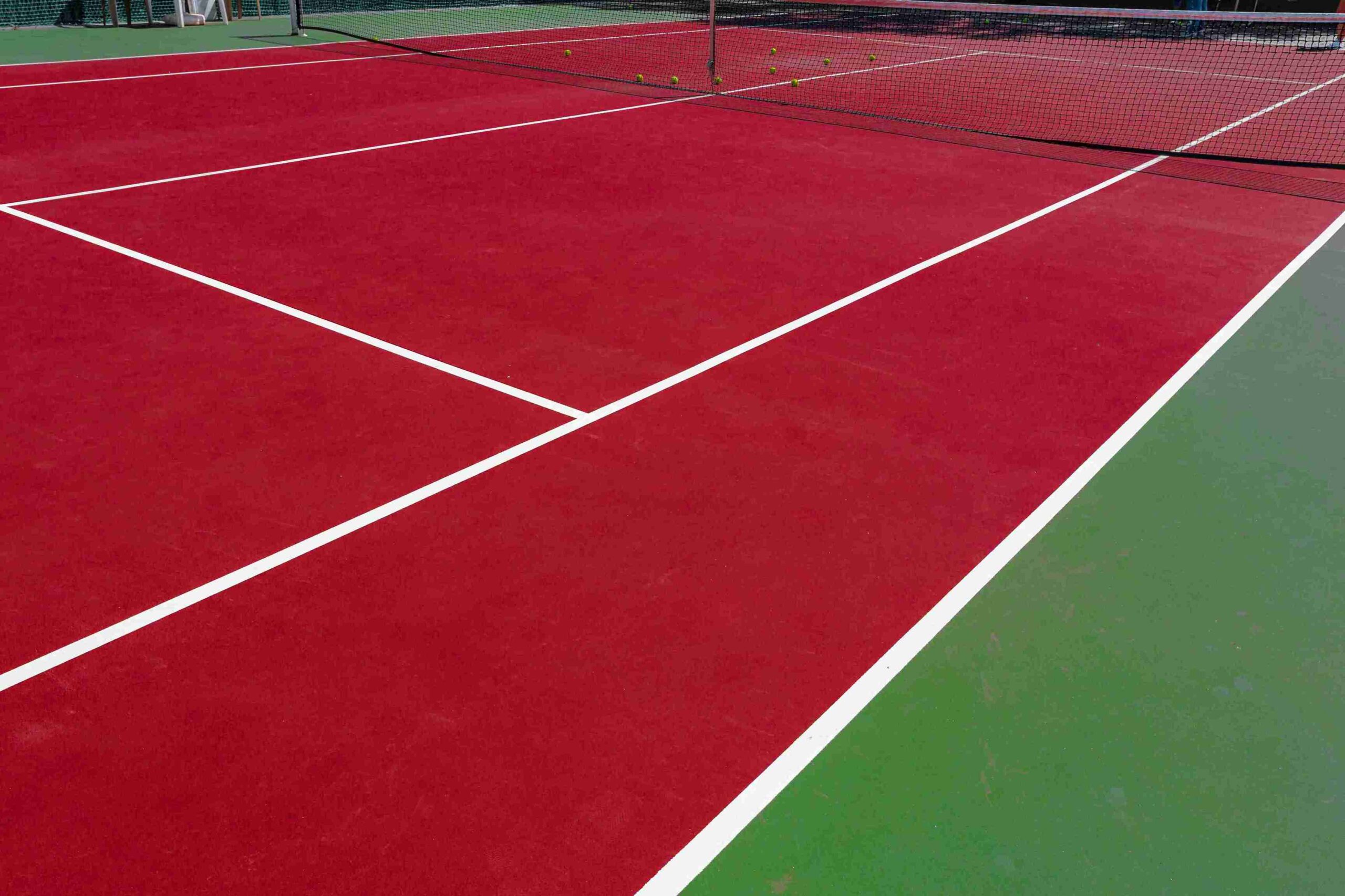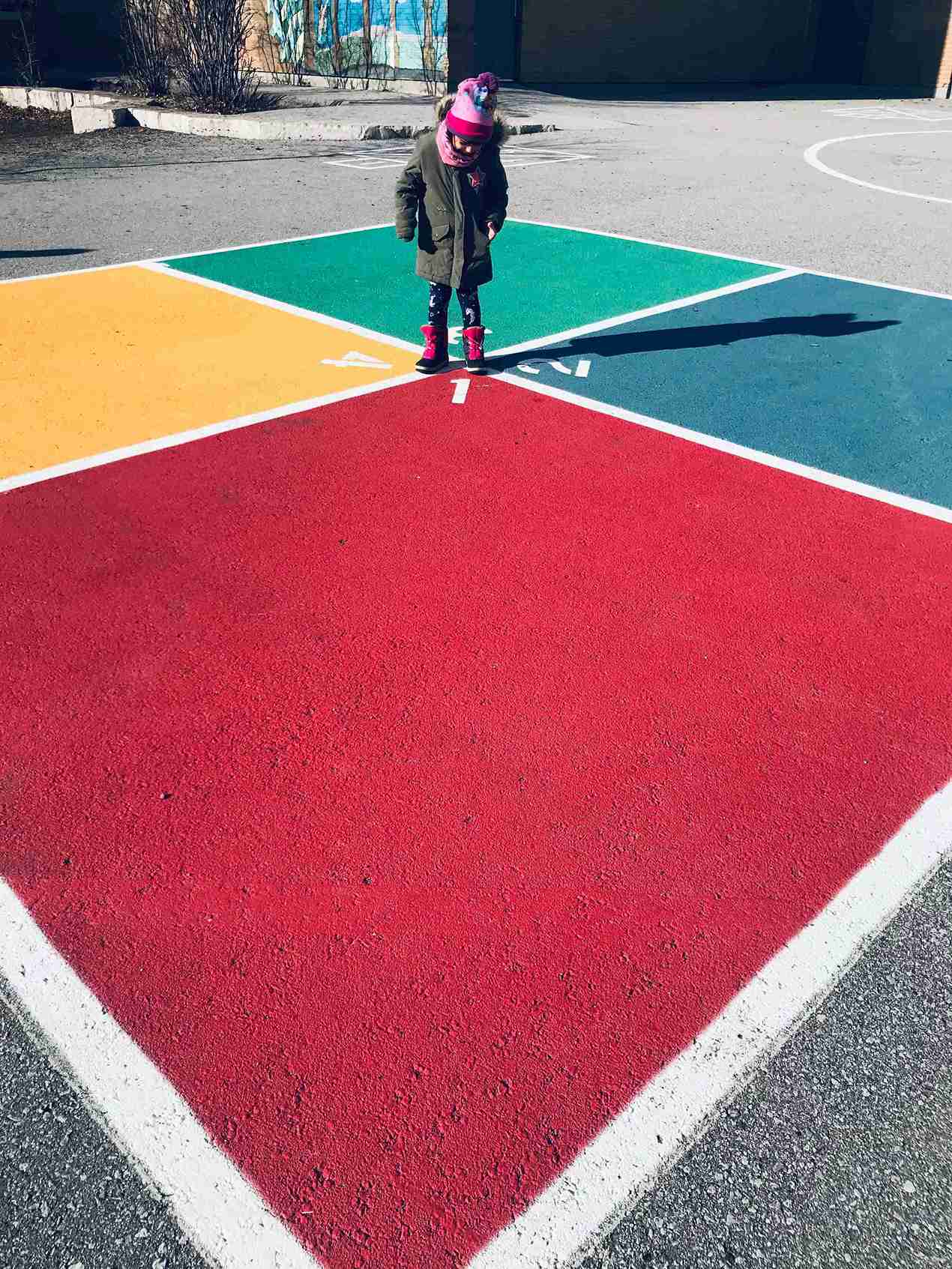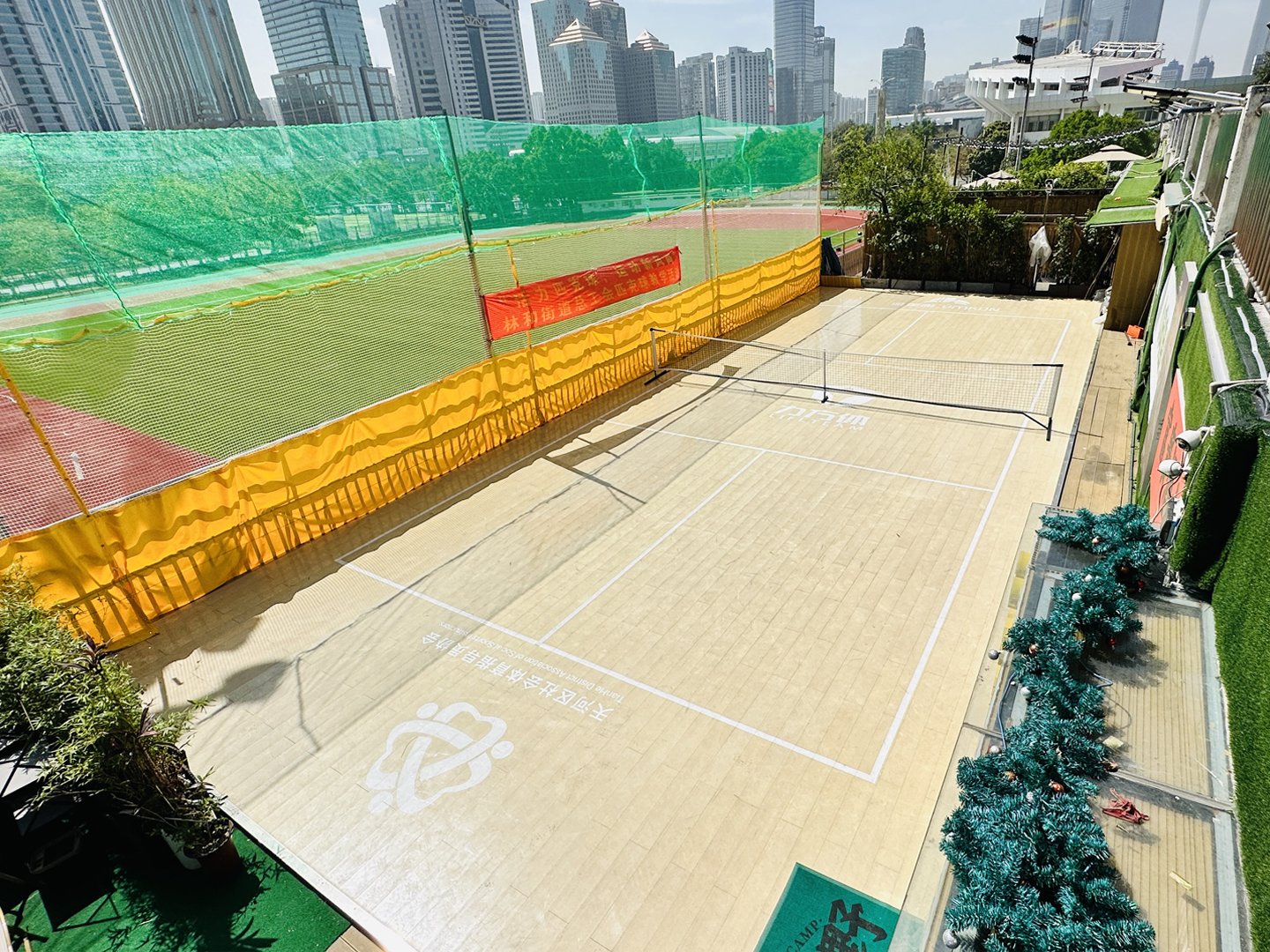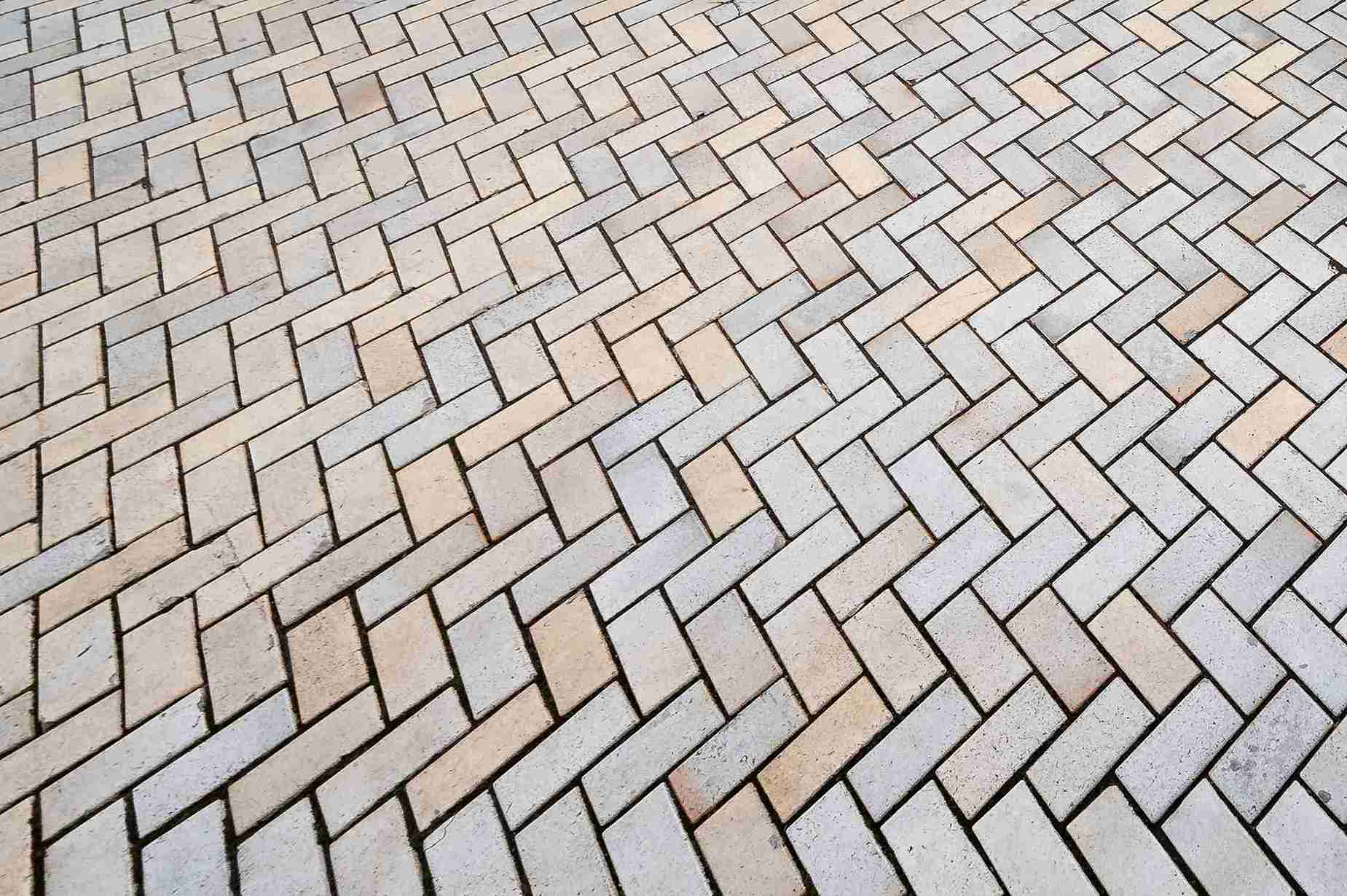Introduction
The nature of the surface upon which an athlete is competing impacts the ability to perform and stay out of danger versus exposure to danger. The evolution of sport court flooring has transitioned from just plain wood to using grass surfaces to advanced materials fully designed to improve performance, reduce the risk of injury, and be durable. The technology keeps improving, giving a better shock absorption grip, and now, smart features monitor player movement.
Knowledge of the latest developments regarding the flooring material for sports courts becomes relevant as more and more people demand better sports facilities. Below, we consider the latest materials and technologies changing the game.
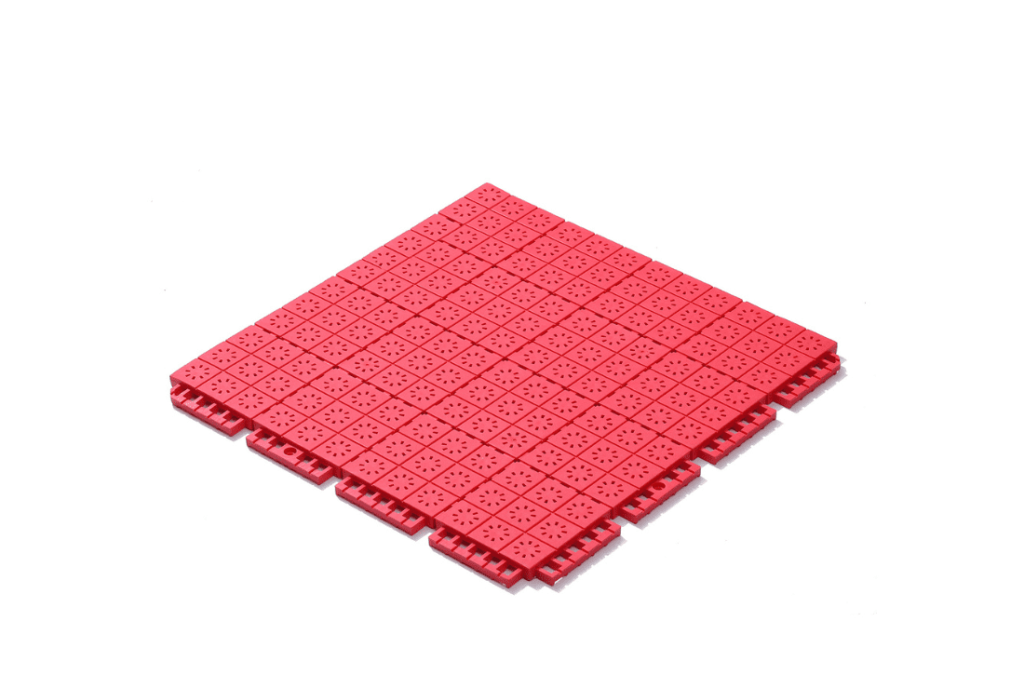

Evolution of Sport Court Flooring
The sports courts’ floors have moved a distance since the days that athletes played on natural surfaces such as grass or clay. In any case, these were imperfect surfaces mainly because they needed high maintenance and were deadly on the bodies of the athletes themselves because the principal trouble with grass courts wasn’t the grass growing but the high maintenance required to keep it in check: it had to be mowed and watered incessantly.
Clay courts also had to be leveled regularly. Sports courts started to be made of asphalt and concrete in the mid-20th century. They were more durable and low in maintenance but lacked comfort. Athletes often complained of joint pain due to the non-carpeted surface, leading to no shock absorption.
Following up on these innovations, synthetic materials, including polyurethane and PVC, were added with the advancement of technology. All these surfaces were big steps forward at their time, improving shock absorption and traction producing superior safety and comfort for the athletes.
That is immensely important for quick sports involving many jumps and movements, like basketball and tennis. In due course, the development has continued into the performance of sports court flooring, reducing injuries and facilitating easier maintenance, and it is doing so a lot better.
Latest Materials in Sport Court Flooring
Today, sports flooring uses some of the most advanced materials to aid athletes’ performance and safety. Some of the advanced materials used include high-performance polymers, such as Elastimeteor. It is the preferred material for its performance, which lasts due to its resiliency in bearing all weathering agents. It is perfect for a sports facility’s indoor and outdoor courts.
Like traditional wood, these polymers have improved shock absorption, reducing the chances of injury. It is partnered with sustainable materials, another development in sports flooring. As inscribed in the script, “With an increased awareness of the environment around us, there is an ever-growing trend toward using reused or eco-friendly material on sports courts.”
Some courts nowadays use recycled rubber made from old tires, maintaining the environment clean and producing good quality surfaces that respond properly to the pressure of activities.
In the allusion to synthetic composites, most modern sports courts incorporate the use of synthetic composites. Most engineered materials deliver toughness and resilience, combining the feel of traditional surfaces, such as Macwood, with benefits, including resistance to moisture and lesser maintenance.
Multi-sport surfaces made of these composites can hold many different types of sports, a feature that makes them versatile for many facilities. These most recent advances in materials were developing floors for sports that are safe, resilient, and appropriate for today’s athletes.
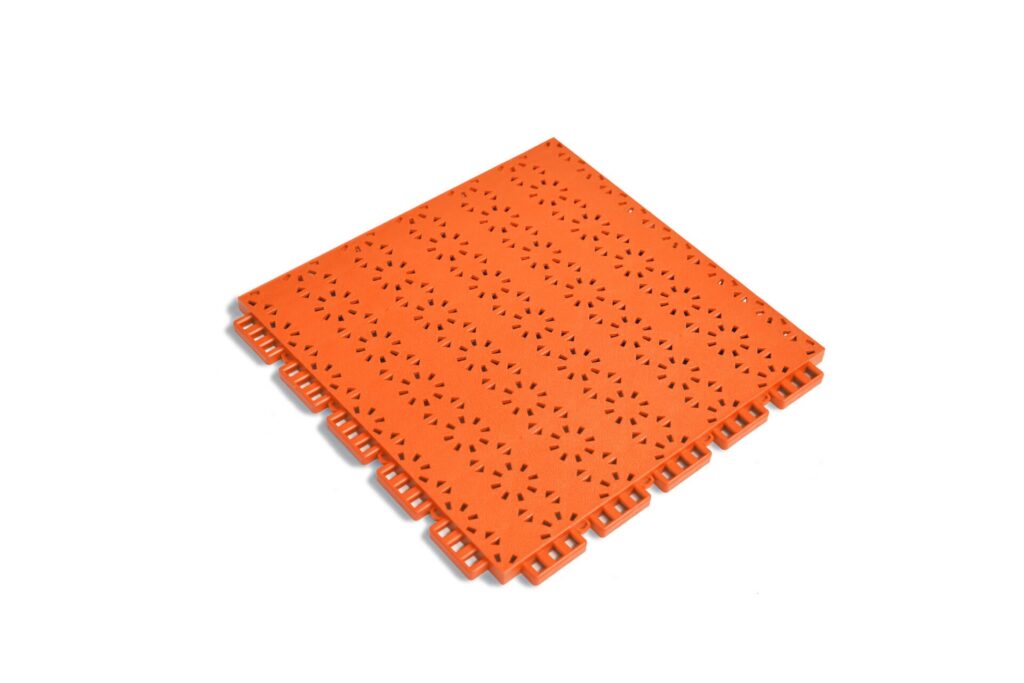

Technological Advancements in Sports Flooring
Smart Flooring
Developments in technology have made sports court flooring more interesting and effective. The most interesting innovation in the last couple of years is the advent of smart flooring. The idea is to integrate sensors in floors for tracking player movements, monitoring impact forces, and checking the state of the surface.
The value of this data can serve coaches and players because it assists their understanding of how the surface affects performance and may prevent injuries. For example, if it is diagnosed that some part of the court is cramming, it gets repaired before becoming a safety hazard.
Interactive Floors
Another innovation is the interactive floors. Some modern sports floors are embedded with LED lighting and digital displays, showing instantaneous feedback during training. These systems can show the position an athlete should move to or the speed at which he is running.
It makes training sessions more fun and productive. Such technology makes a real difference in sporting games such as basketball and tennis, where one requires decisive action in a fraction of a second.
Custom Flooring
Finally, custom sports court flooring has become more and more in demand, especially in multi-sport facilities. Instead, modular floor systems transform courts effortlessly for different sports by altering the surface texture, or they can add on a different set of markings, for example. The flexibility equates to one court supporting basketball, volleyball, and other sports—all with the right amount of traction and performance.
These further technological developments of sports surfaces are making them increasingly responsive to the specific needs of athletes and helping to develop safer, more productive training environments.
Impact on Design and Maintenance
Enhanced Durability
Changes in materials and technology have greatly influenced the design and maintenance of sports courts. One of the major benefits of modern sports flooring involves its enhanced durability.
High-performance polymer and associated synthetic composite materials are designed to withstand heavy use; hence, they are suitable for sporting facilities that host frequent events. These materials are less likely to wear out quickly, meaning that courts don’t need to be repaired or replaced as often, saving facility managers time and money.
Sustainability
Sustainability is the other major consideration in modern sports court design. Most modern flooring systems are made from environmentally friendly material inputs, which are long-lasting and contribute to low environmental impacts from spending on sports facilities.
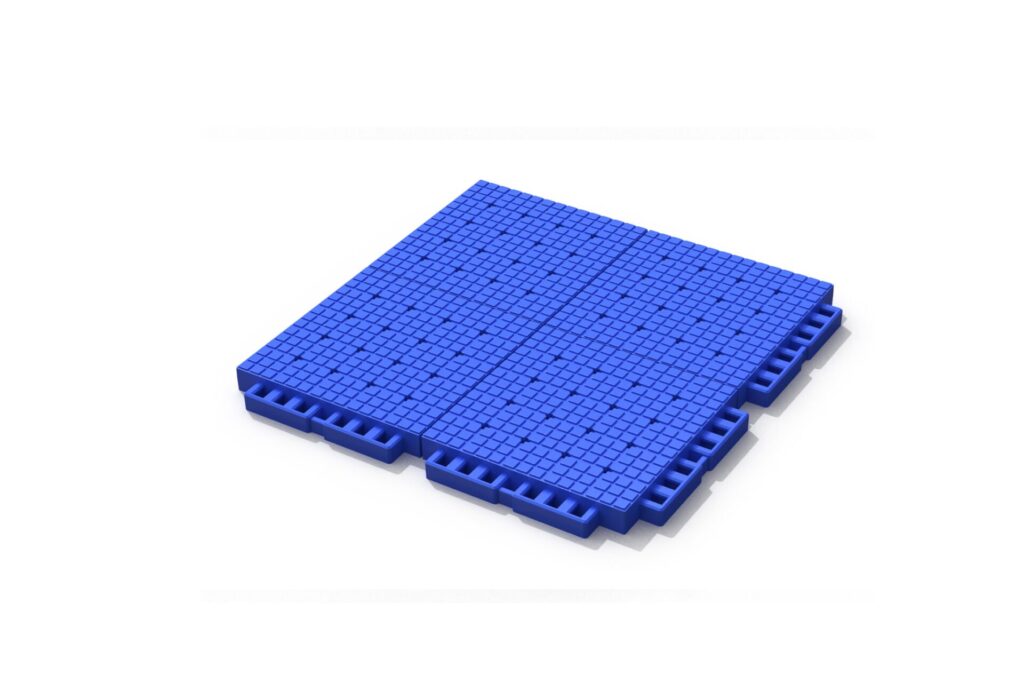

Recycled rubbers and bio-based polymers in consideration are used for prolific use, therefore conserving natural resources on the other hand while lessening waste. Besides, some sports floors have advanced features like underfloor heating and cooling systems, making the playing surface much more comfortable and energy efficient.
Personalization
Another important aspect of modern sports court design is personalization. As various materials, colors, and surface textures make space an immense choice for facility managers, they would also design courts while keeping each sport in mind and increasing the facility’s aesthetics. The floor is customized with unique logos and paraphernalia, which can serve as additional branding material and make the game more interesting to play and watch.
These design and maintenance improvements make play courts more functional, sustainable, and aesthetic, creating a more pleasant experience for athletes and fans.
Case Studies and Real-World Applications
To understand how these innovations in sports flooring come to life, let us take a few examples in professional sports.
NBA Basket Ball Courts
NBA Basket Ball Courts are the best example of advanced sports flooring. The courts of the advanced high-performance hardwood, added with shock absorption and enhanced grip features, had reduced the injury rates and improved the players’ performances on the ground. A few are experimenting with smart flooring and tracking player movement to provide data to the coaches and teams.
Olympic-Grade Tracks
Another good demonstration would be regarding Olympic-grade tracks. These are constructed from state-of-the-art synthetic materials and engineered as fast and even as possible.
The materials used in the construction of the tracks are durable and have shock-absorbing attributes to reduce the impact on the joints and reduce injury during heavy competition. Furthermore, many of them are designed with the view of sustainability, using recycled materials to reduce environmental impact.
All-Weather Tennis Courts
All-weather tennis courts display other advantages of modern sports flooring. Advanced materials in these courts function well in all seasons, providing the same characteristics in the playing surface. It makes it possible to conduct high-level matches throughout the year, which has made these courts popular in regions with varying climates.
These real-life examples point out how sports flooring innovations are improving the experience of athletes while ensuring playing surfaces that are safer and more reliable.
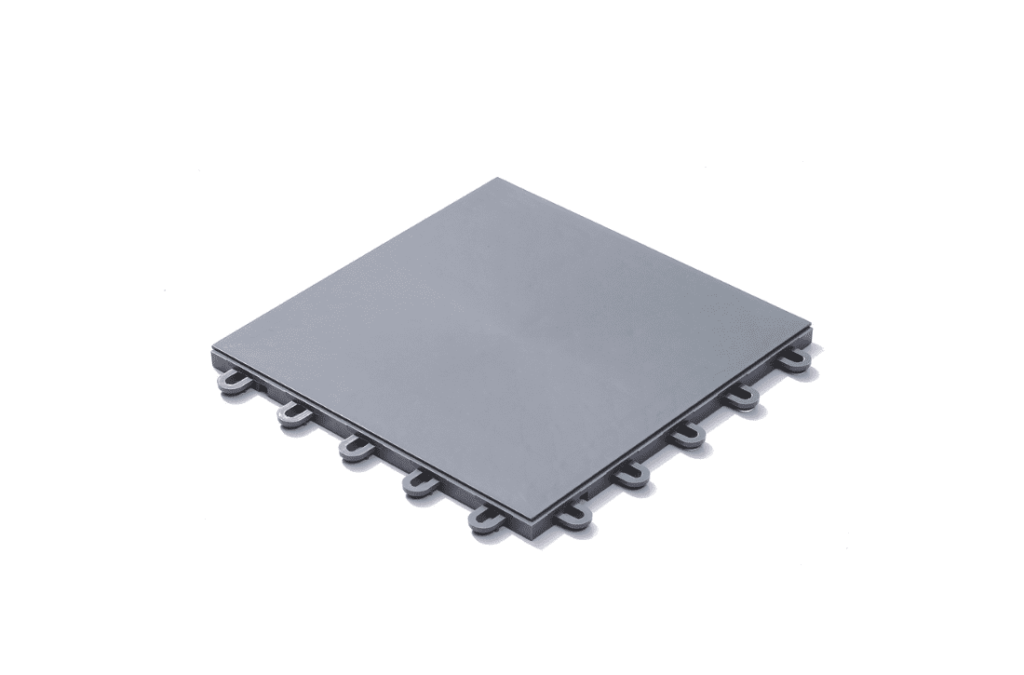

Conclusion
Further development in sport court flooring has gained new heights with the latest materials and technologies, making it even safer, more durable, and more customizable. Today, new developments in this era of high-performance polymers toward smart flooring systems do not fall out but continue to improve the way athletes perform and stay safe. With more exciting developments, such as nanotechnology and new environmentally friendly materials, consider selecting a flooring provider that will stay ahead of the trends.
Look no further when renovating your sports ground; get VMKON Sports. VMKON Sports includes advanced technology in floor products, assuring this renovation brings you top-notch materials and available features. Whether it be a basketball court, tennis court, or anything else you need for a multifunctional sports facility, VMKON Sports is your high-quality answer. For quality, visit VMKON Sports.
Call to Action
Upgrade your sports facility with the latest in sports court flooring technology. VMKON Sports offers cutting-edge solutions that enhance performance and safety. Contact us today for your custom sports flooring project. Visit VMKON Sports to learn more and request a quote.


